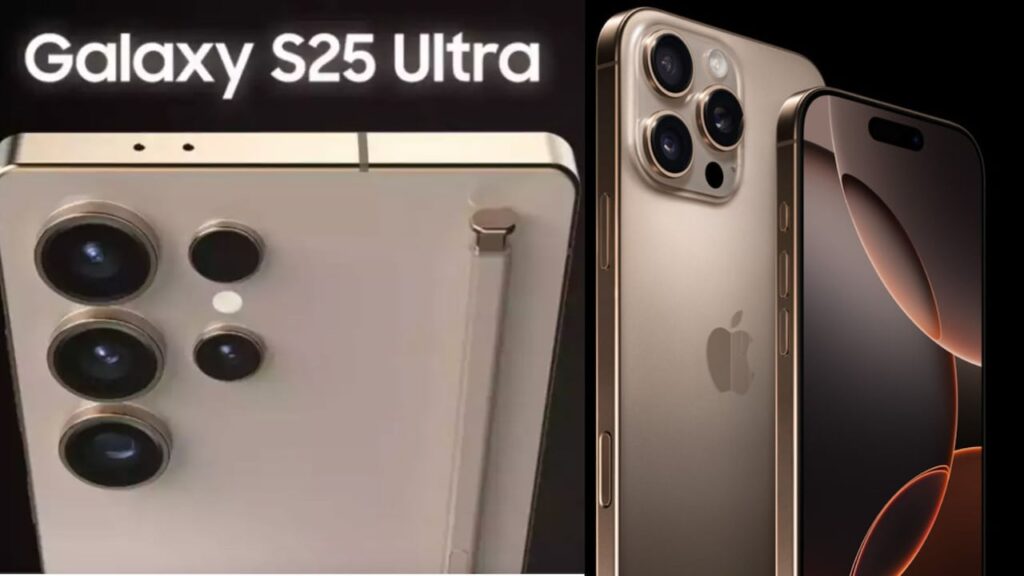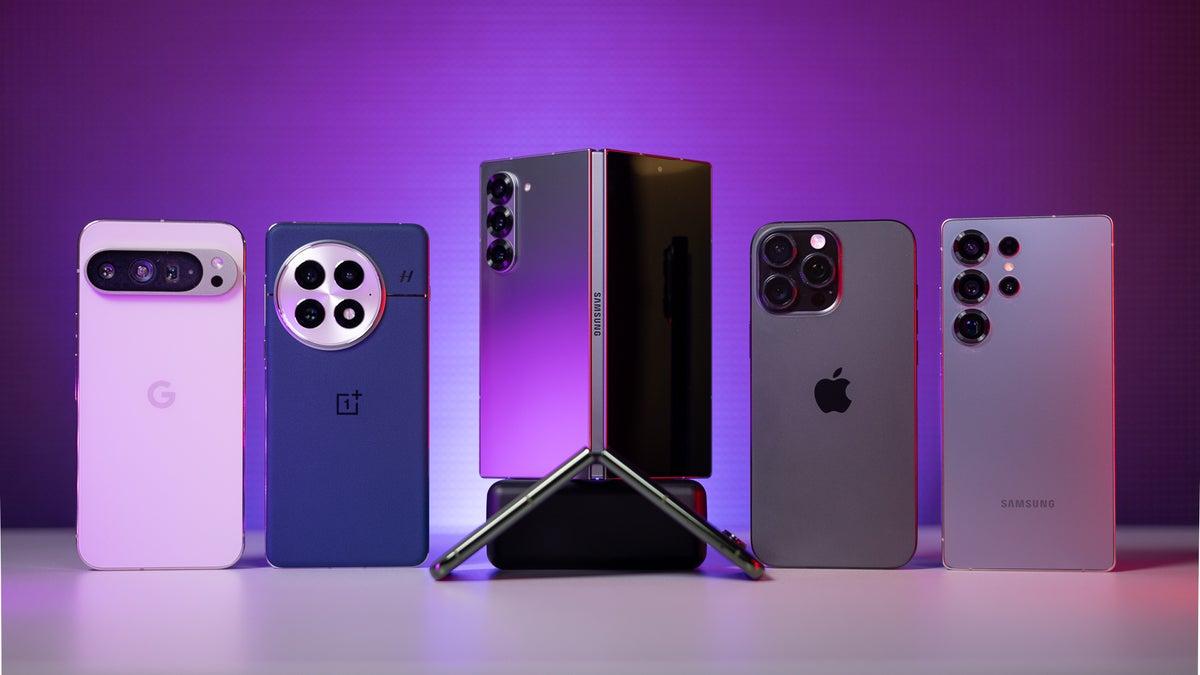✅ Introduction
In recent years, smartphone branding has evolved with terms like Pro and Ultra monikers becoming synonymous with flagship devices. Whether it’s the iPhone 16 Pro Max, Galaxy S25 Ultra, or OnePlus 12 Pro, brands often use these labels to signify top-tier performance and features. But do these Pro and Ultra monikers genuinely deliver value, or are they just marketing buzzwords designed to command a premium? Let’s break down what these tags really mean and whether paying extra is truly justified.

📊 What Do “Pro” and “Ultra” Monikers Actually Mean?
Smartphone companies have strategically adopted Pro and Ultra monikers to indicate enhanced specifications, including:
- Superior camera systems
- Advanced displays
- Higher refresh rates
- Premium materials
- Exclusive software features
However, not all brands define “Pro” or “Ultra” in the same way, leading to confusion among buyers.
🔍 Key Differentiators of Pro and Ultra Models
1. Camera Upgrades
- Larger sensors (e.g., 1-inch sensors in Ultra models)
- Periscope zoom lenses (up to 100x zoom)
- AI-powered photography modes
- Improved night and low-light capabilities
2. Performance
- Faster processors (Snapdragon 8 Gen 4, A18 Pro Bionic)
- More RAM (up to 16GB+)
- Enhanced GPU for gaming
3. Display
- LTPO AMOLED panels
- 120Hz – 144Hz adaptive refresh rates
- Higher brightness and color accuracy
4. Battery & Charging
- Bigger batteries (up to 5500mAh in Ultra models)
- Superfast charging (100W+)
- Wireless & reverse wireless charging
5. Build Quality
- Titanium, Ceramic, or premium glass materials
- IP68 or higher water/dust resistance

💸 The Price Gap: Is It Justified?
| Model | Standard Variant | Pro Variant | Ultra Variant |
|---|---|---|---|
| iPhone 16 | ₹80,000 | ₹1,30,000 (Pro Max) | — |
| Samsung S25 | ₹75,000 | — | ₹1,45,000 (Ultra) |
| OnePlus 12 | ₹55,000 | ₹65,000 | — |
The price difference between the base, Pro, and Ultra models often ranges from ₹15,000 to ₹40,000. The question is: Do you need the extras?
🎯 When to Choose Pro or Ultra
✅ When to Go Pro/Ultra:
- You’re a mobile photographer or content creator
- Need the best display for gaming or media
- Require maximum performance for intensive apps
- Desire future-proofing with longer software support
❌ When to Skip:
- Casual users with basic needs
- Not using advanced photography features
- Budget constraints
- Prioritizing value for money over specs
📱 Real-World Example:
- The Galaxy S25 Ultra‘s 200MP camera and S-Pen make it unique, but a regular S25 might still serve the average user perfectly.
- The iPhone 16 Pro Max offers ProMotion display and better cameras, but for non-professionals, the base iPhone 16 delivers an almost identical iOS experience.
✅ Pros and Cons of Buying Pro and Ultra Variants
Pros
- Best hardware and software experience
- Superior camera quality
- Enhanced durability and materials
- Longer software support
Cons
- Significantly higher price
- Features may be underutilized by average users
- Bulky and heavier designs in Ultra models
🔮 Conclusion: Are Pro and Ultra Monikers Worth It?
The answer depends on your usage. If you are a power user, professional photographer, or gamer, investing in the Pro and Ultra monikers offers tangible benefits. However, for everyday tasks like social media, streaming, and basic photography, standard models are often sufficient and far more cost-effective.
Ultimately, the decision should be based on your priorities and budget — don’t fall for the label alone.
🔗 Read More:
OnePlus 12 Pro Features – Android Authority
iPhone 16 Pro Max Review – The Verge
Samsung Galaxy S25 Ultra First Look – GSM Arena
